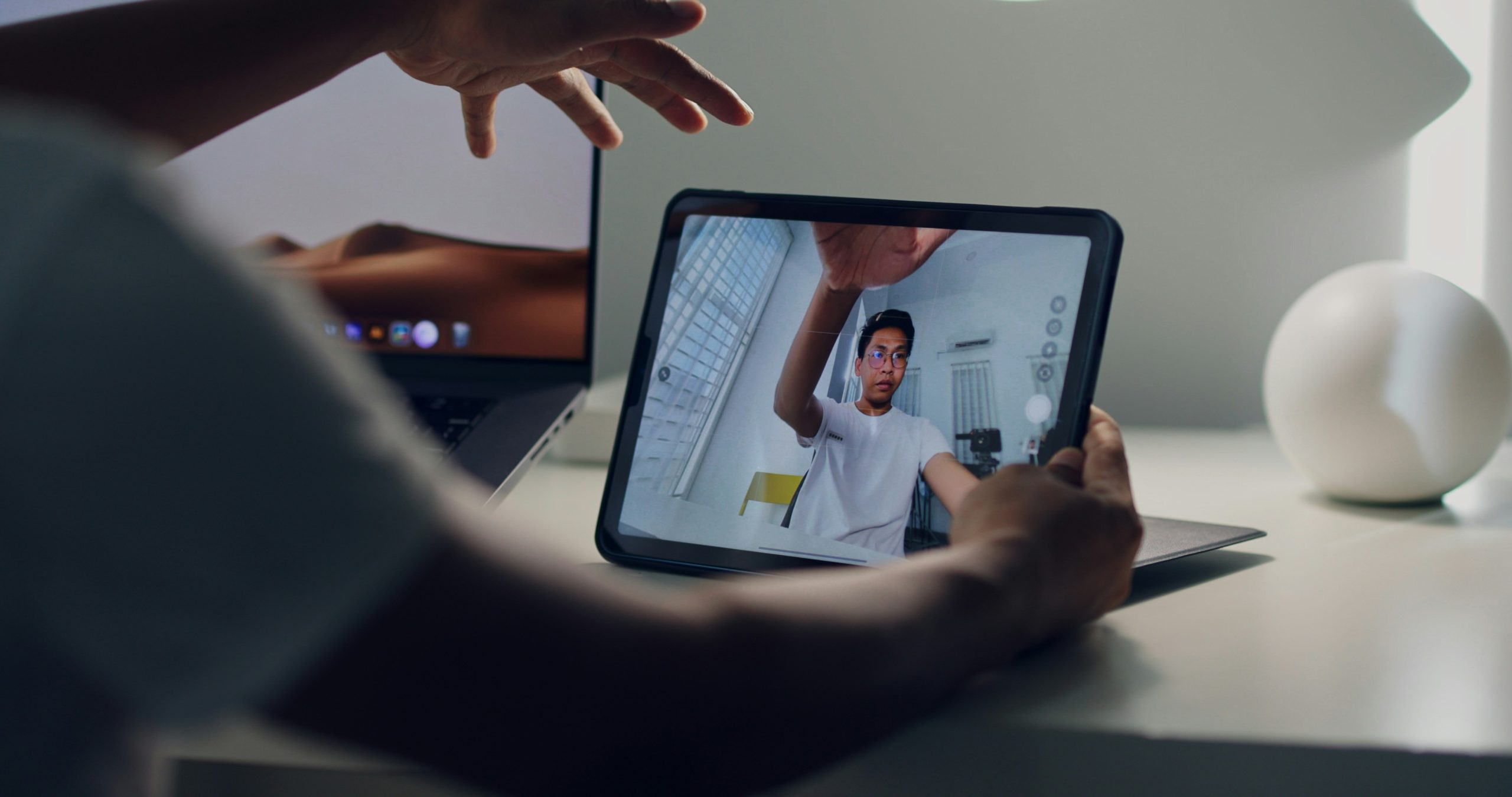Balancing screen time in technology-driven classrooms
In today’s digital age, technology has become an integral part of our daily lives. From smartphones to laptops, our world is surrounded by screens. And this trend has also made its way into the education system, with technology being heavily integrated into classrooms. While the use of technology in education offers numerous benefits, it also raises concerns about balancing screen time. How much screen time is too much for students? Are there any negative effects of excessive screen time? And most importantly, how can we achieve a balance between screen time and traditional teaching methods in technology-driven classrooms? In this article, we will explore the various aspects of managing screen time in technology-driven classrooms and provide practical tips for achieving a healthy balance.
The importance of technology in modern classrooms
Before diving into the topic of balancing screen time, it is essential to understand why technology has become such an integral part of modern classrooms. Here are some of the key reasons:
Enhanced learning experience
The use of technology in the classroom allows for a more interactive and engaging learning experience. With visual aids, simulations, and educational apps, students can better comprehend complex concepts and retain information for a longer duration.
Preparing students for the future
Technology is constantly evolving and is a vital part of our daily lives. By integrating technology into the education system, we are preparing students to be tech-savvy and equipping them with necessary skills for the future job market.
Efficiency and effectiveness
Technology has made the learning process more efficient and effective. With the use of online tools, teachers can create and grade assessments, track students’ progress, and provide personalized feedback, making the learning process more streamlined and effective.
The importance of balancing screen time
While there is no denying the benefits of technology in education, it is essential to acknowledge the potential drawbacks of excessive screen time. Some of the negative effects that have been associated with excessive screen time include:
Reduced physical activity
The use of technology in classrooms can lead to a sedentary lifestyle, which can have detrimental effects on students’ physical health. Spending long hours in front of screens can result in eye strain, poor posture, and lack of physical activity.
Impact on cognitive development
Studies have shown that excessive screen time can affect the brain’s development, especially in young children. It can lead to decreased attention span, poor memory, and hindered language and social skills development.
Social isolation
The use of technology for learning can result in students spending less time socializing with their peers in a traditional classroom setting. This can have an impact on their communication and social skills development, leading to feelings of loneliness and social isolation.
Tips for achieving a balance in screen time
To reap the benefits of technology in education while avoiding its potential drawbacks, here are some practical tips for achieving a balance in screen time:
Set time limits
Establishing a time limit for screen time can help students better manage their time and avoid excessive use. This can include setting a limit on the number of hours spent on technology per day or restricting the use of screens during mealtimes and before bedtime.
Encourage breaks
Encourage students to take short breaks from screens during long periods of use. This can help reduce eye strain and give students a chance to stretch their legs and engage in physical activities.
Incorporate non-screen activities
Introducing non-screen activities in the classroom can help create a healthy balance between traditional teaching methods and technology-based learning. This can include outdoor activities, art, and hands-on projects.
Conclusion
Technology-driven classrooms provide a world of opportunities for enhanced learning and preparation for the future. However, it is crucial to understand the importance of balancing screen time for the overall well-being of students. By implementing the tips mentioned above, we can achieve a healthy balance that maximizes the benefits of technology while minimizing its potential drawbacks.
References:
1. https://www.sciencedirect.com/science/article/pii/S1871187117300125
2. https://www.commonsensemedia.org/screen-time/how-much-screen-time-is-ok-for-my-kid
3. https://www.ncbi.nlm.nih.gov/pmc/articles/PMC6060190/









